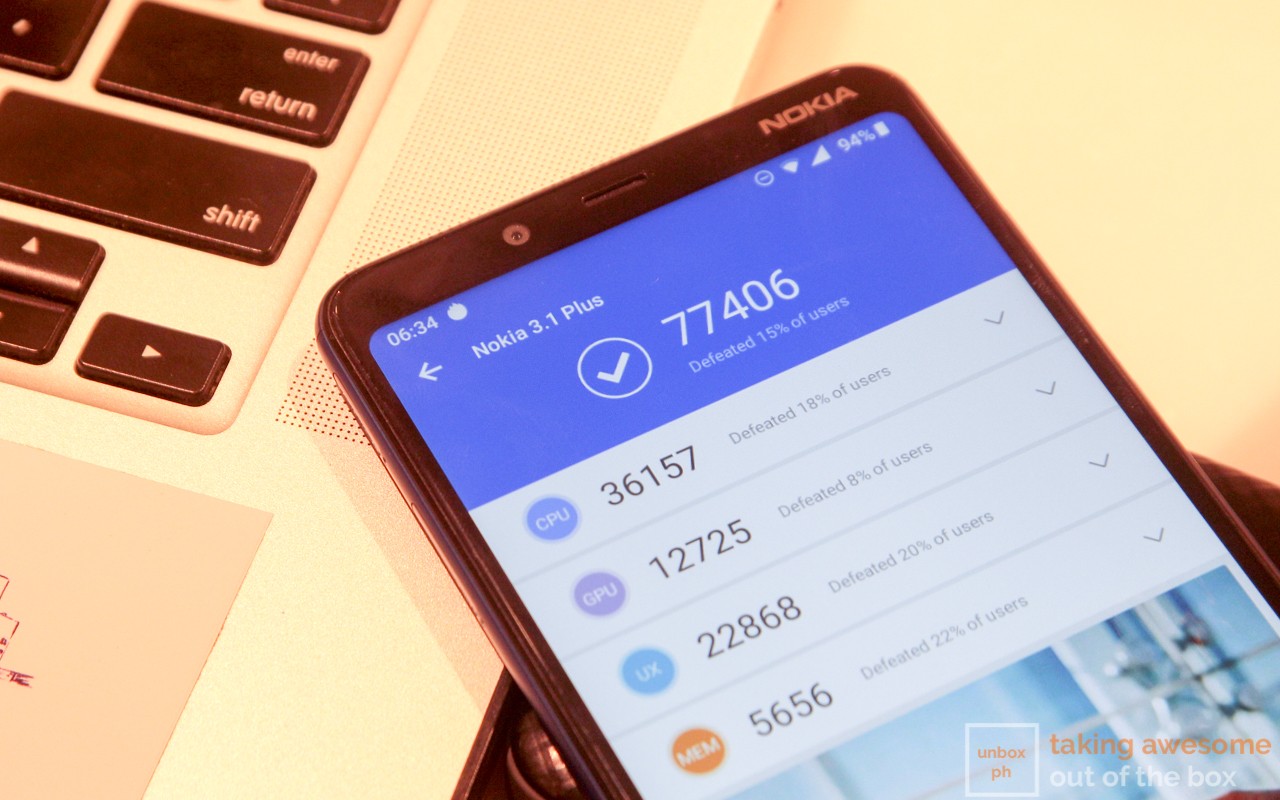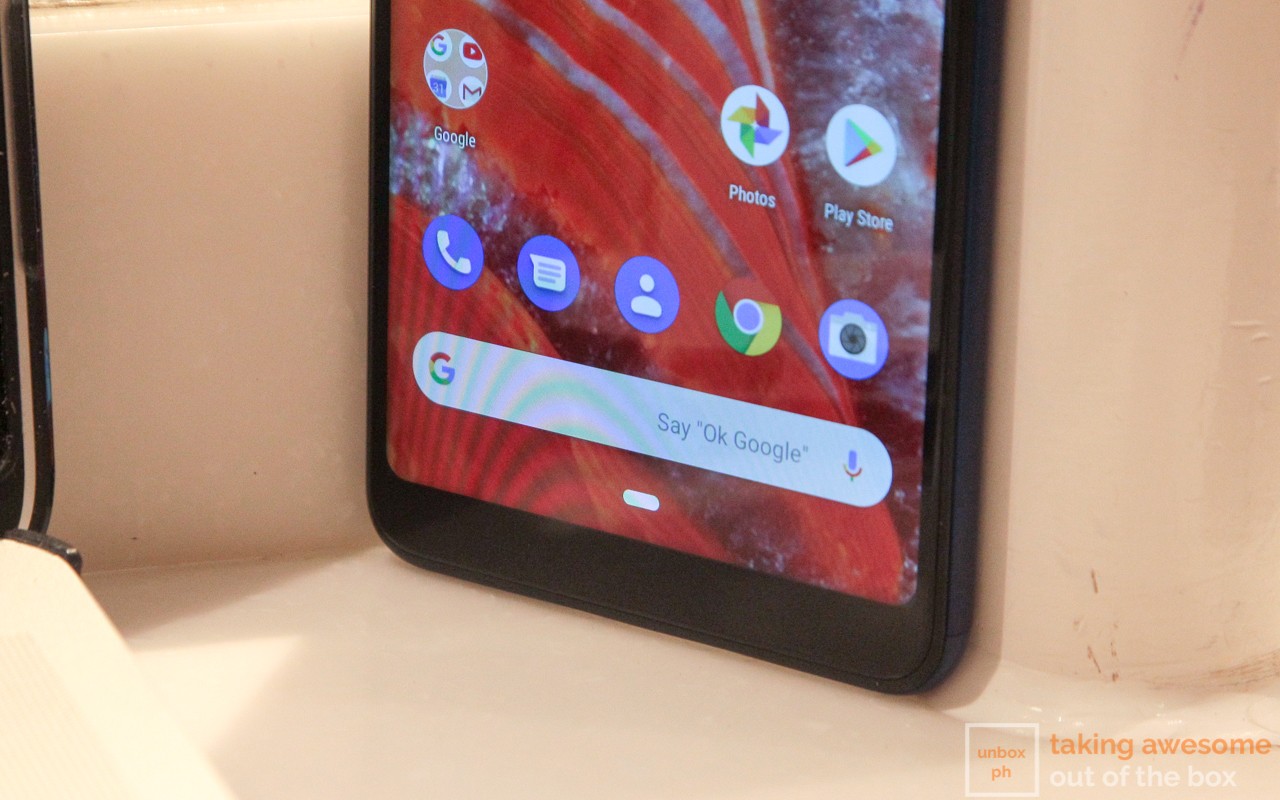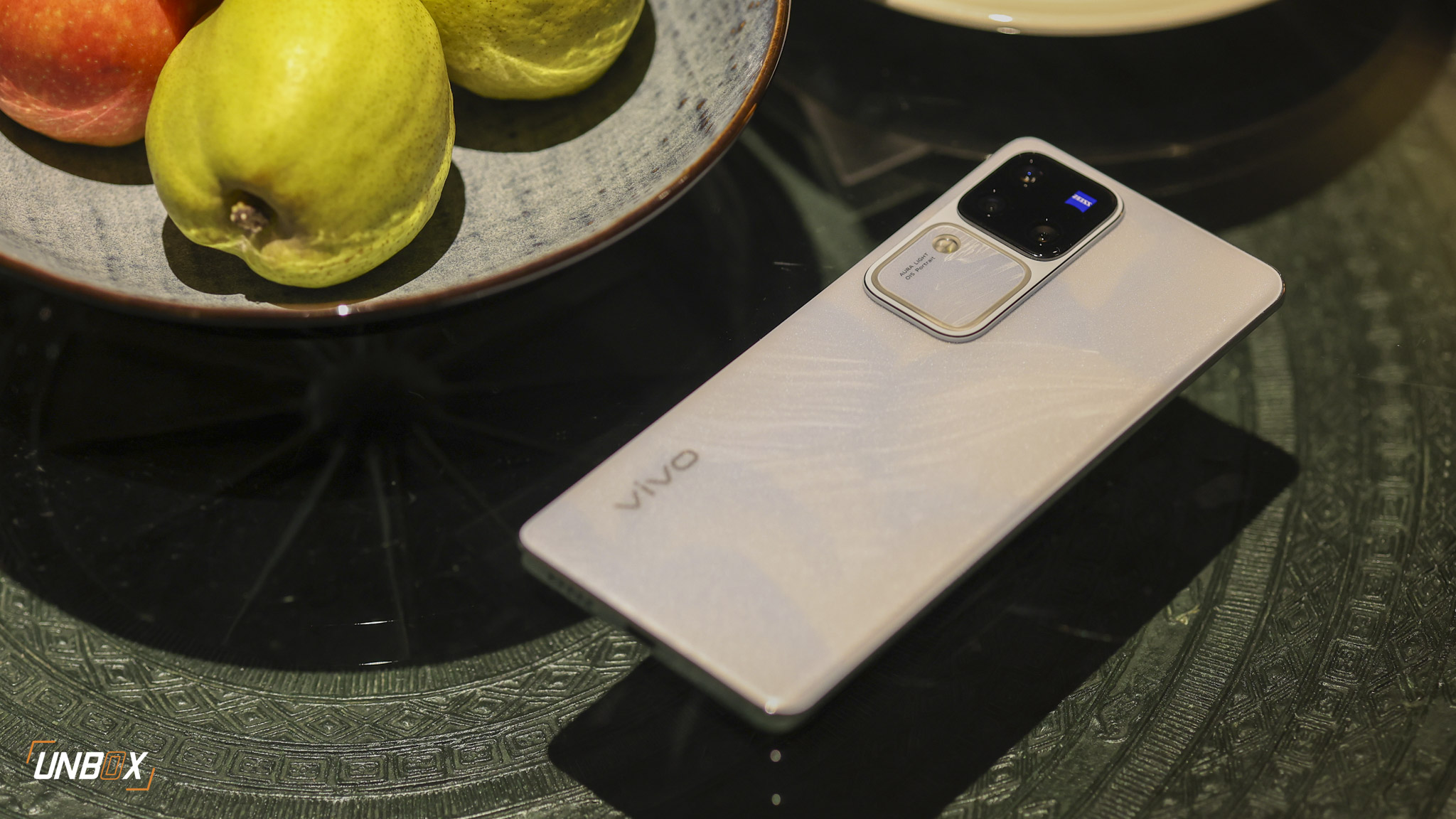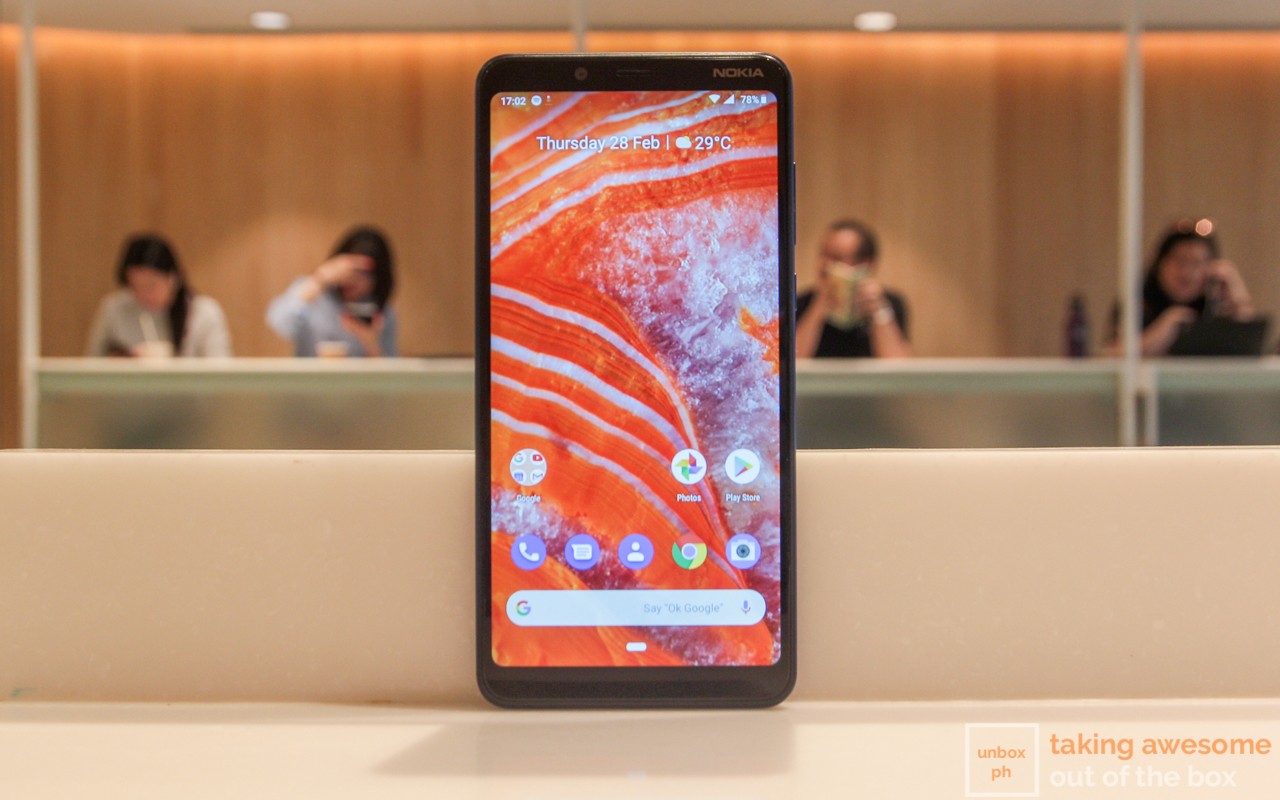 Did HMD Global get the budget Android One formula right this time?
Did HMD Global get the budget Android One formula right this time?
Android One was dubbed as Google’s Nexus Program for budget phones when it debuted in 2014. After a rocky start, Android One now enjoys a solid mix of phones from a fair share of manufacturers, including Xiaomi and Motorola.
But none approach HMD Global’s use of the Android One program, as the company has deployed Android One on almost every single smartphone in their lineup, excluding of course phones with Android Go.
One of HMD Global’s first budget Android One offerings was the Nokia 3.1. While the phone had its merits, it came across as a half-baked smartphone, plagued with a dated design and aging hardware.
Today we’re reviewing the substantially better version of their first budget Android One offering, the Nokia 3.1 Plus. Equipped with a bigger display, bigger battery, and better internals, did HMD Global nail the original intent of Android One right this time around?
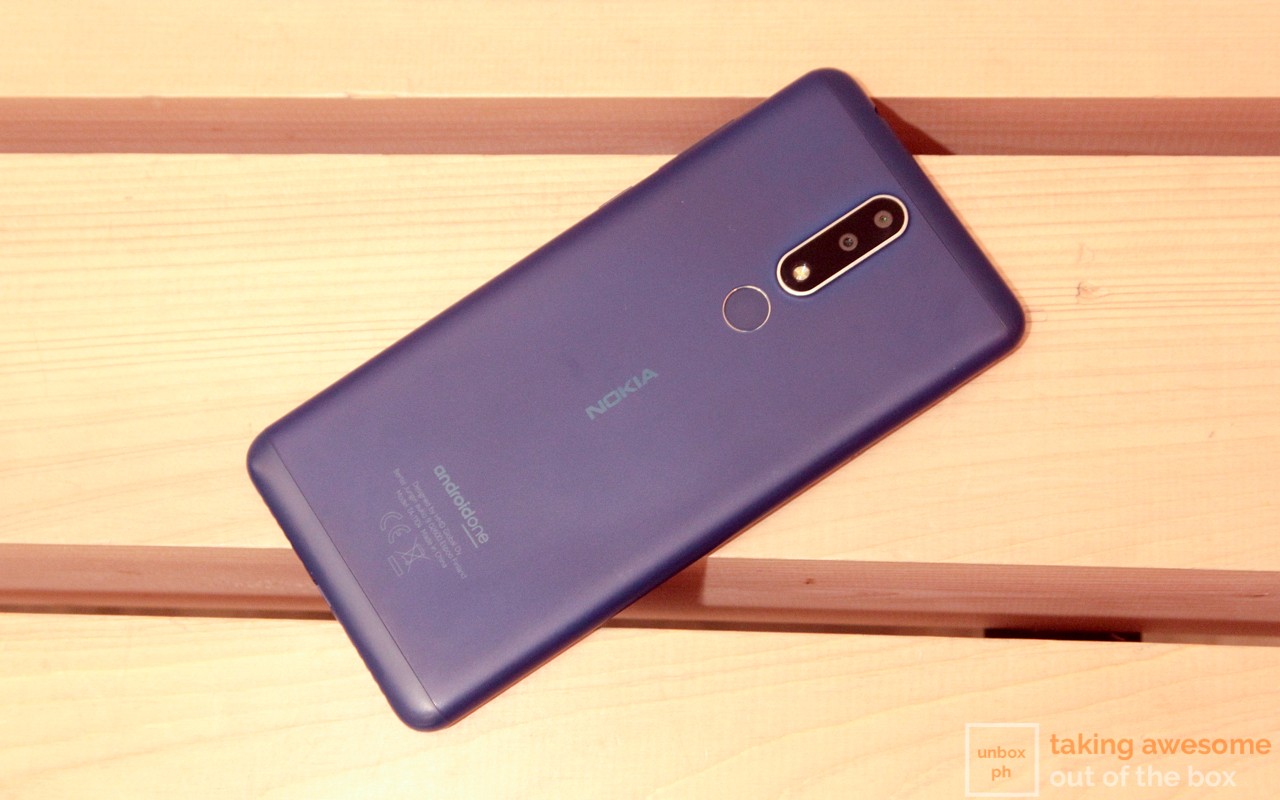 Better than expected build
Better than expected build
Instead of a metal frame and polycarbonate rear panel of its older sibling, the Nokia 3.1 Plus gets a unibody aluminium back with plastic strips on the top and bottom parts of the phone. The aluminium body has a matte coating to keep fingerprints and smudges off, and it held up pretty well despite the fact we didn’t use a case with the phone during its time with us.
Because of the better materials used with the phone, the Nokia 3.1 Plus feels heavier than its sibling. We don’t mind the additional grams on the Nokia 3.1 Plus especially if it means better durability and a bigger battery (more on that later). One thing we don’t like on the phone is the small camera bump at the back. While the glass protecting the cameras are recessed, the sharp aluminum edges of the bump are prone to getting scratched with use.
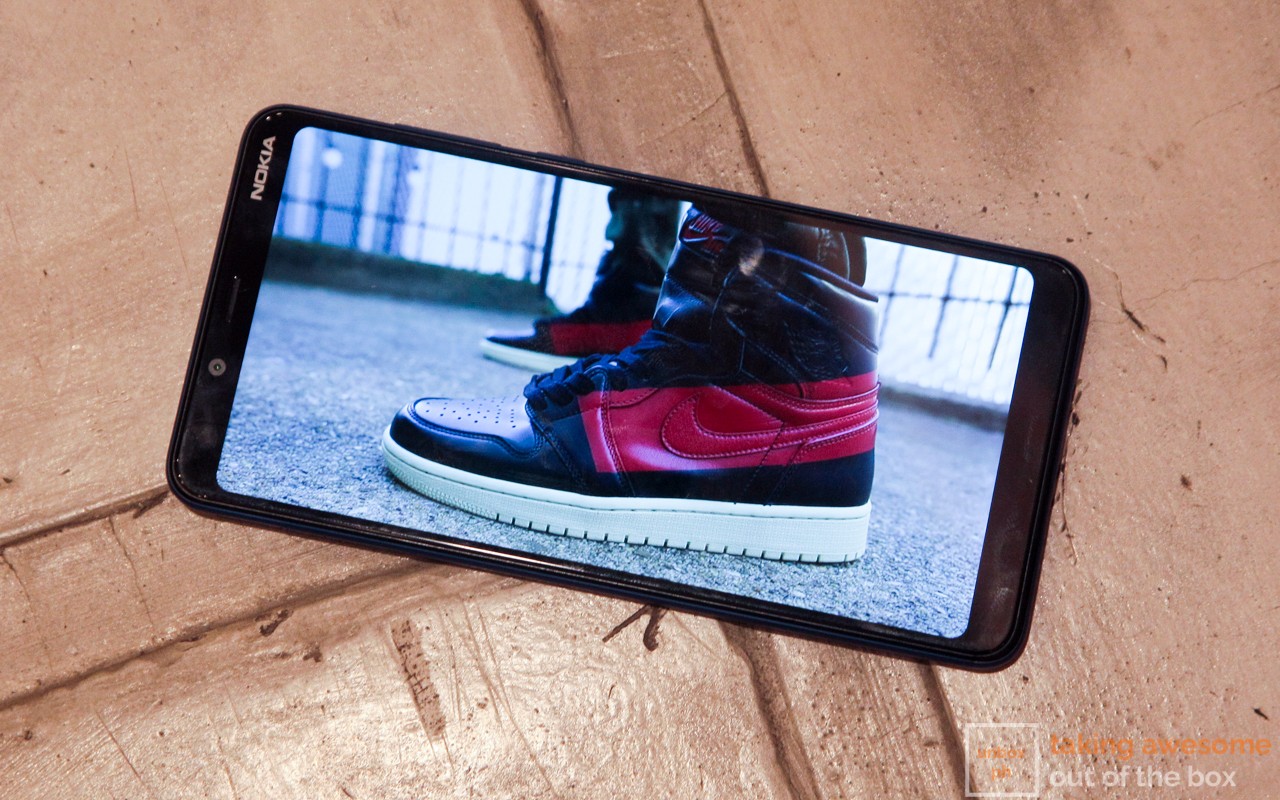 Thinner bezels make for a better-looking phone
Thinner bezels make for a better-looking phone
Aside from using sturdier, more premium materials in the Nokia 3.1 Plus’ build, HMD Global also reduced the bezels on the phone’s display, giving it a more contemporary look compared to its older sibling.
The bigger display makes the Nokia 3.1 Plus better for playing games and watching videos with good color reproduction, though we wished HMD Global bumped the resolution to Full HD instead of sticking with HD+.
A better processor makes for a better phone
The biggest improvement that HMD Global made with the Nokia 3.1 Plus is the use of MediaTek’s Helio P22 processor over the old MT6750 used on the Nokia 3.1. The Helio processor is technologically superior to the old MT6750 in almost every conceivable way, delivering better performance using less power.
Using the phone as our daily driver for several days, the Nokia 3.1 Plus felt snappier than the old model and does a better job in multitasking between apps as well.
Racing games like Need For Speed should not be a problem with the Nokia 3.1 Plus, as it manages to run the game smoothly without hiccups.
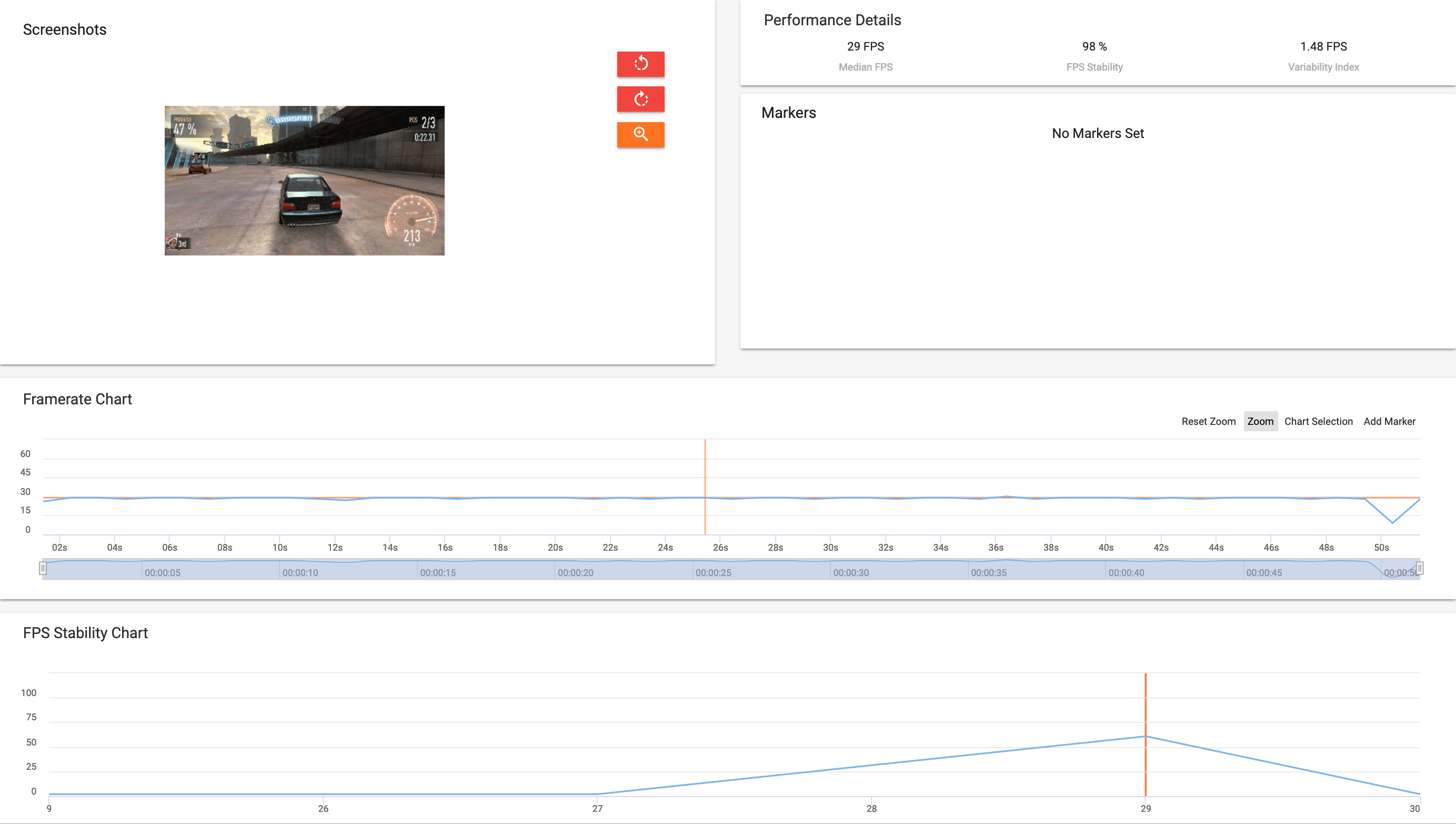
It is a mixed bag, however, when it comes to graphics-intensive RPG games like Future Fight. While you can do decent frame rates (averaging at around 28FPS), there are times where the phone lags while playing the game.
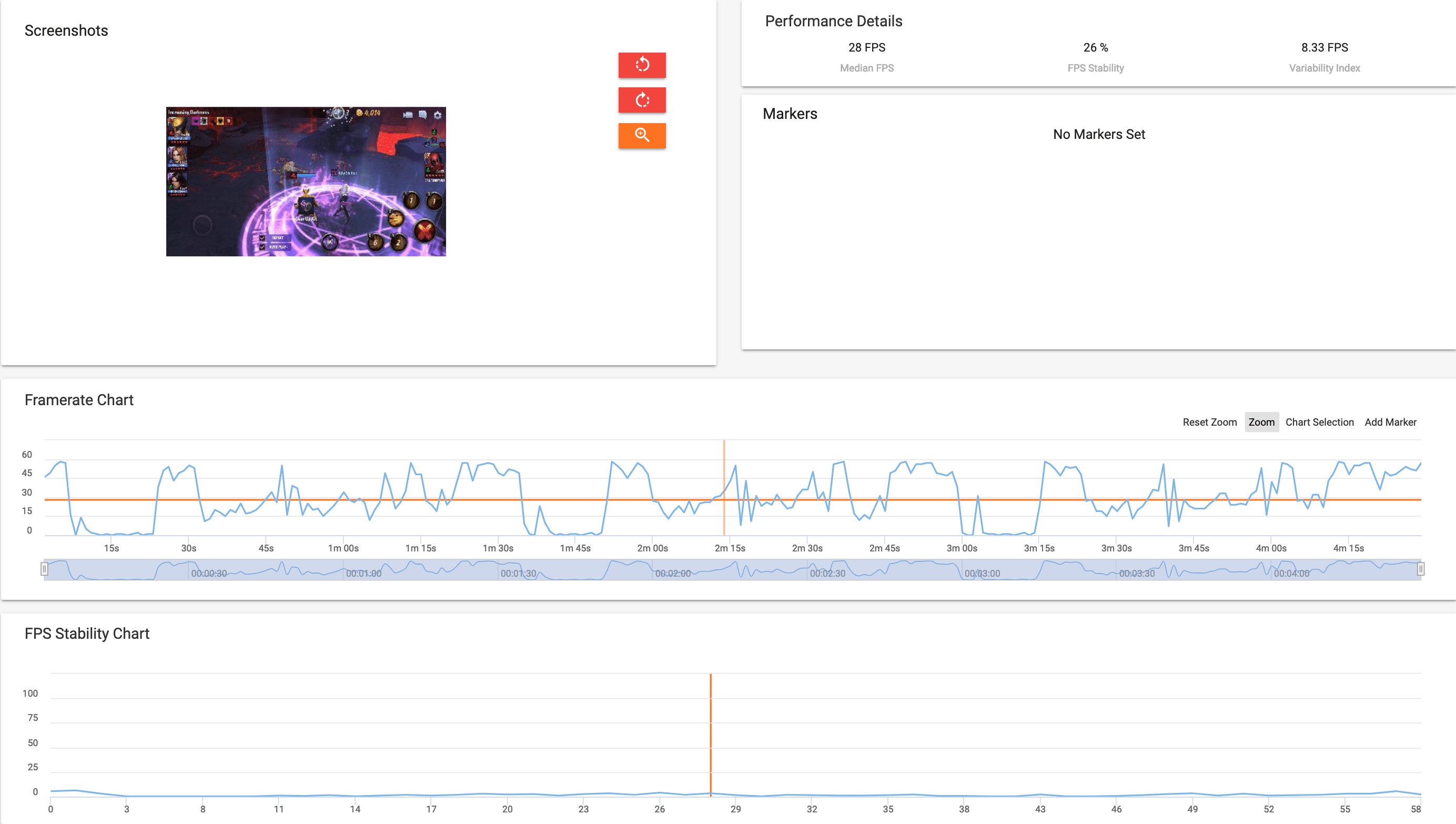
The Helio P22 processor has its limitations, especially in battle royale games like PUBG. Running the game at medium settings, the Nokia 3.1 Plus struggles at delivering high framerates, which can be frustrating especially since dropped frames at critical times usually mean elimination from the game.
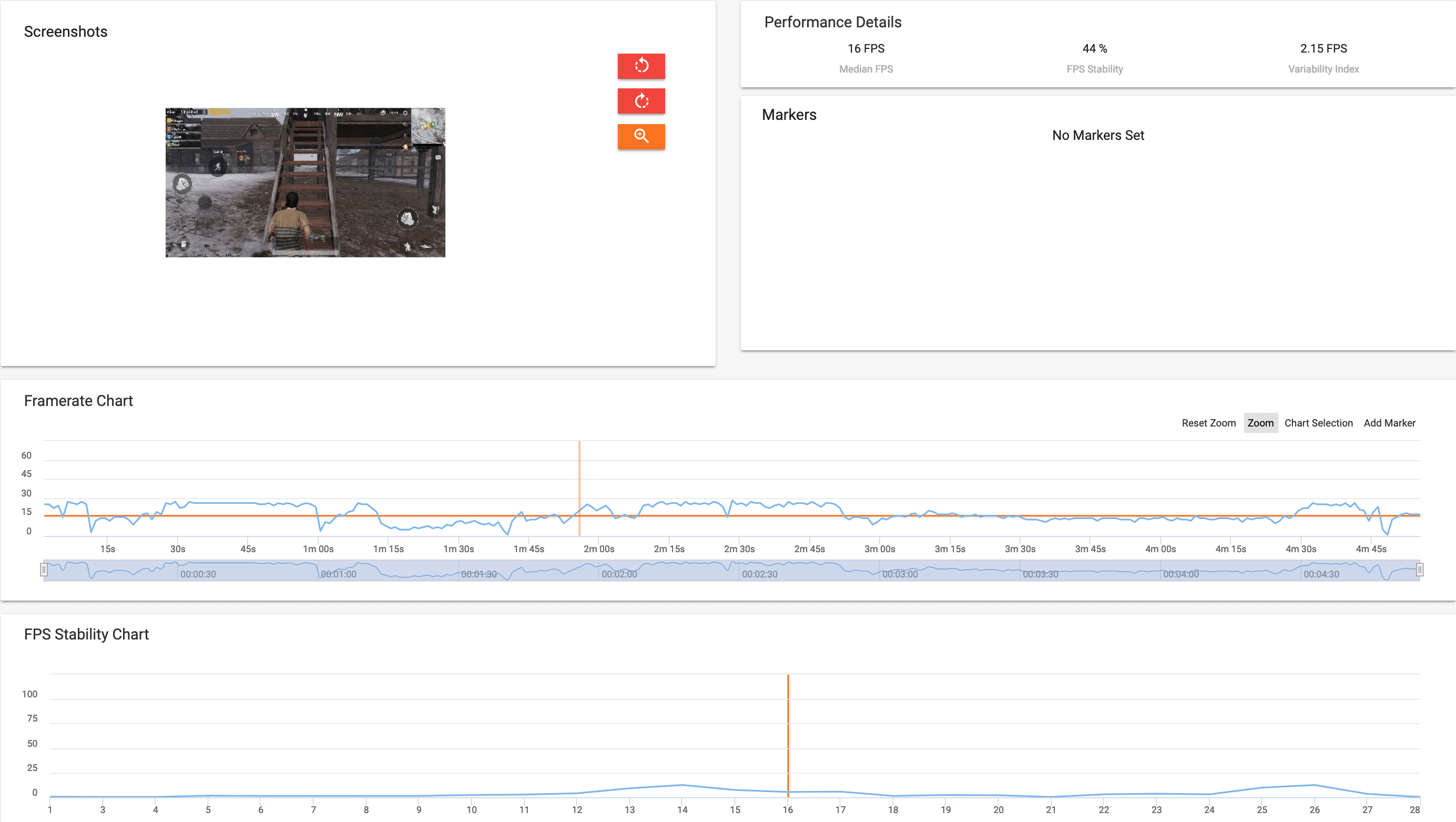
In a nutshell, the Helio P22 processor is ideal for regular, casual use and not for heavy gaming. Should you want to do gaming with it, you need to tone down graphics settings for a better gaming experience.
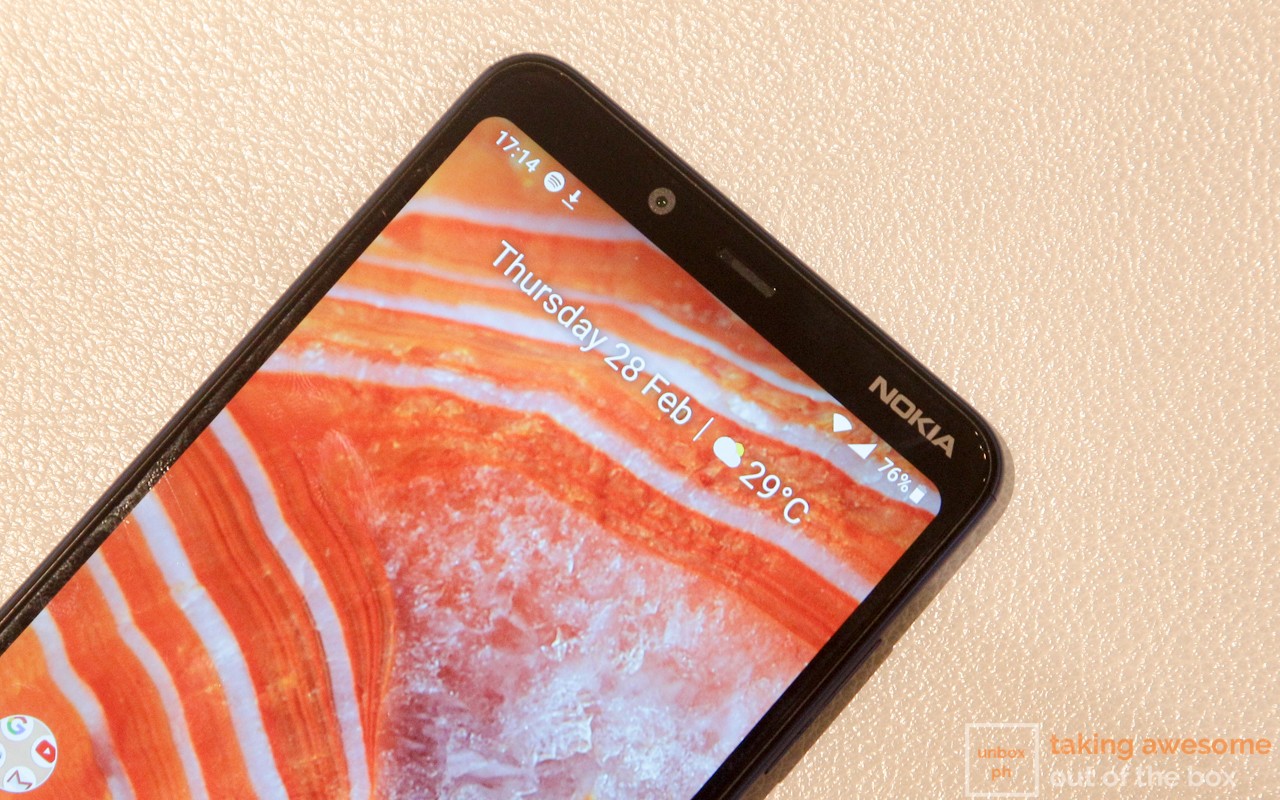 Most missing features make an appearance
Most missing features make an appearance
We complained about the Nokia 3.1 for lacking features like NFC, fingerprint scanner, and slow Android updates (despite being an Android One device), and HMD Global addressed those problems with the Nokia 3.1 Plus. The NFC feature is convenient in pairing NFC-supported devices, while the fingerprint scanner is fast and responsive.
The only feature that is noticeably missing is face unlock, which is also absent in the majority of HMD Global’s smartphones save for the recently-launched Nokia 9 PureView, Nokia 3.2, and Nokia 4.2.
Like all HMD Global phones, the Nokia 3.1 Plus’ main selling point is that it is an Android One device, which means that you get all the latest updates as fast as possible. After getting the update right before February came to a close, we noticed that the update made the Nokia 3.1 Plus snappier compared to Android Oreo.
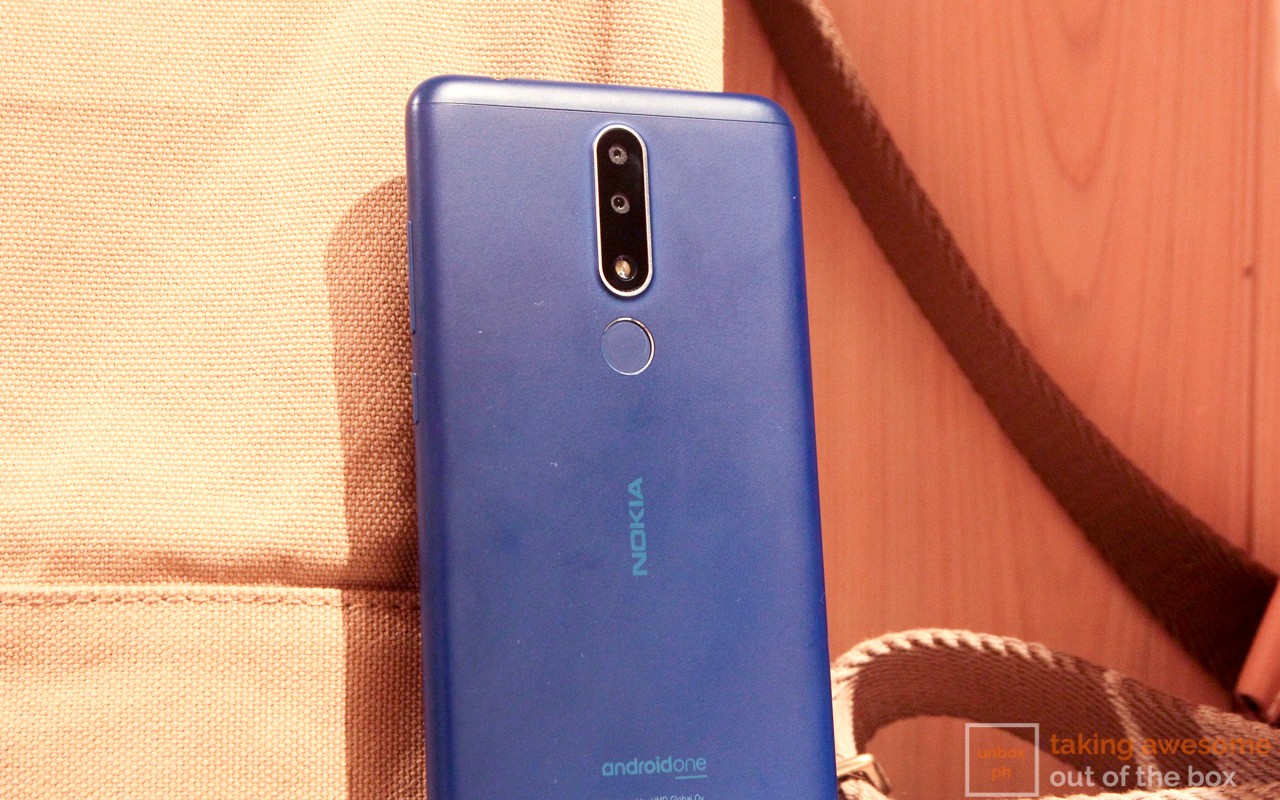 Cameras get a slight improvement in terms of image processing
Cameras get a slight improvement in terms of image processing
While the only real improvement of the Nokia 3.1 Plus over its non-Plus sibling camera-wise is the addition of a 5-megapixel depth sensor, HMD Global did a few tweaks to the Nokia 3.1 Plus’ cameras to produce photos with better dynamic range and color reproduction. Live Bokeh does a good job in isolating the subject thanks to the Nokia 3.1 Plus’ depth sensor.
As for videos, both the front and rear cameras can record Full HD video, and you get other video recording options like Time Lapse and Slow Motion. HMD Global has corrected the peculiar video file format issue with the Nokia 3.1 Plus: instead of saving videos in 3GP like what we encountered with the Nokia 3.1, all videos are saved in the more common MP4 file format.
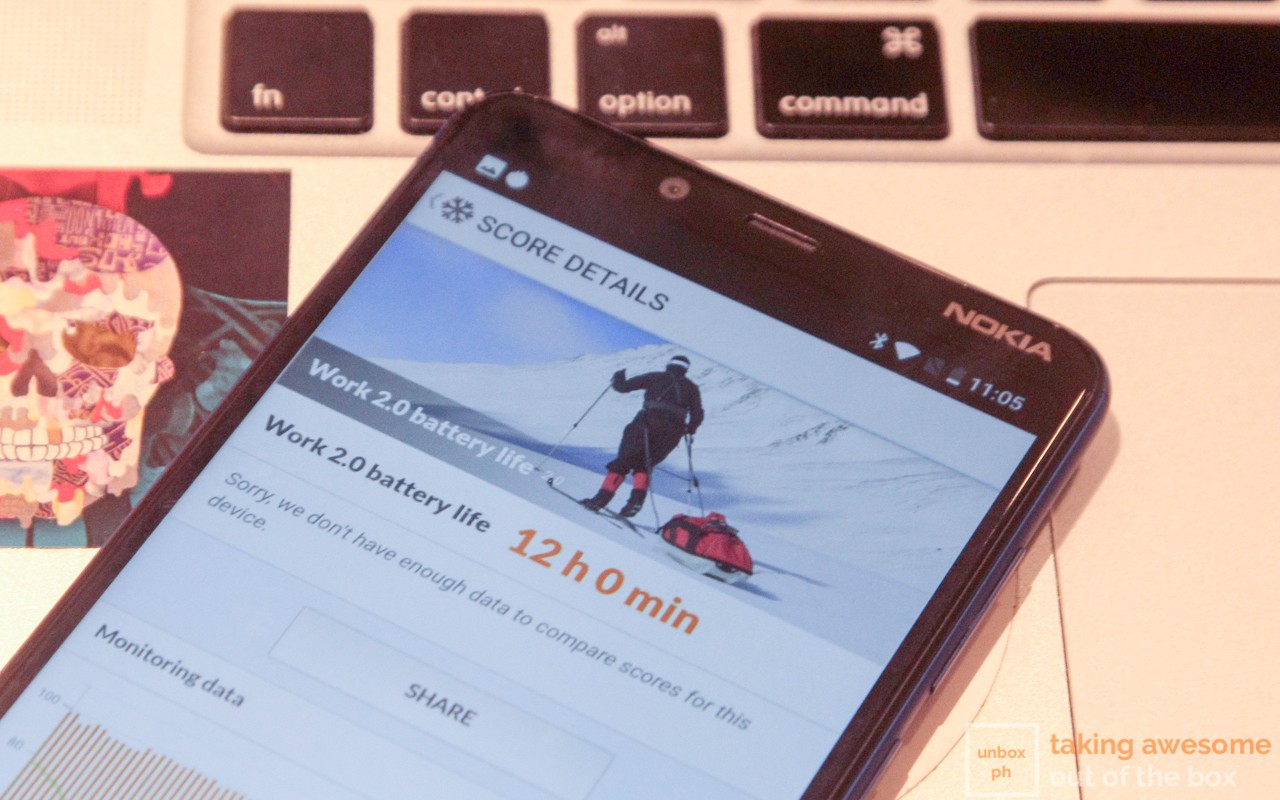 Bigger battery = better battery life
Bigger battery = better battery life
Another pain point HMD Global addressed with the Nokia 3.1 Plus is the battery, as it comes with a bigger 3500mAh cell. Paired with a power-efficient processor, the Nokia 3.1 Plus did a great job in the battery endurance department. Based on PCMark’s battery test, the Nokia 3.1 Plus scored a highly respectable battery life of 12 hours—and that’s with the Android Oreo build. We have yet run PCMark’s battery test with the Nokia 3.1 Plus running Android Pie, but we expect it to perform slightly better because of Android Pie’s battery-sipping features like Adaptive Battery and Adaptive Brightness.
*Editor’s note: After running PCMark on the Nokia 3.1 Plus running Android Pie, we got a score of 12 hours and 30 minutes.
With actual use, the Nokia 3.1 lasted for around a day and a half before we it had to take a trip to the charger. While it has a decently-sized battery, the Nokia 3.1 Plus does not have any form of fast charging, so you will have to wait a bit to fully charge it up.
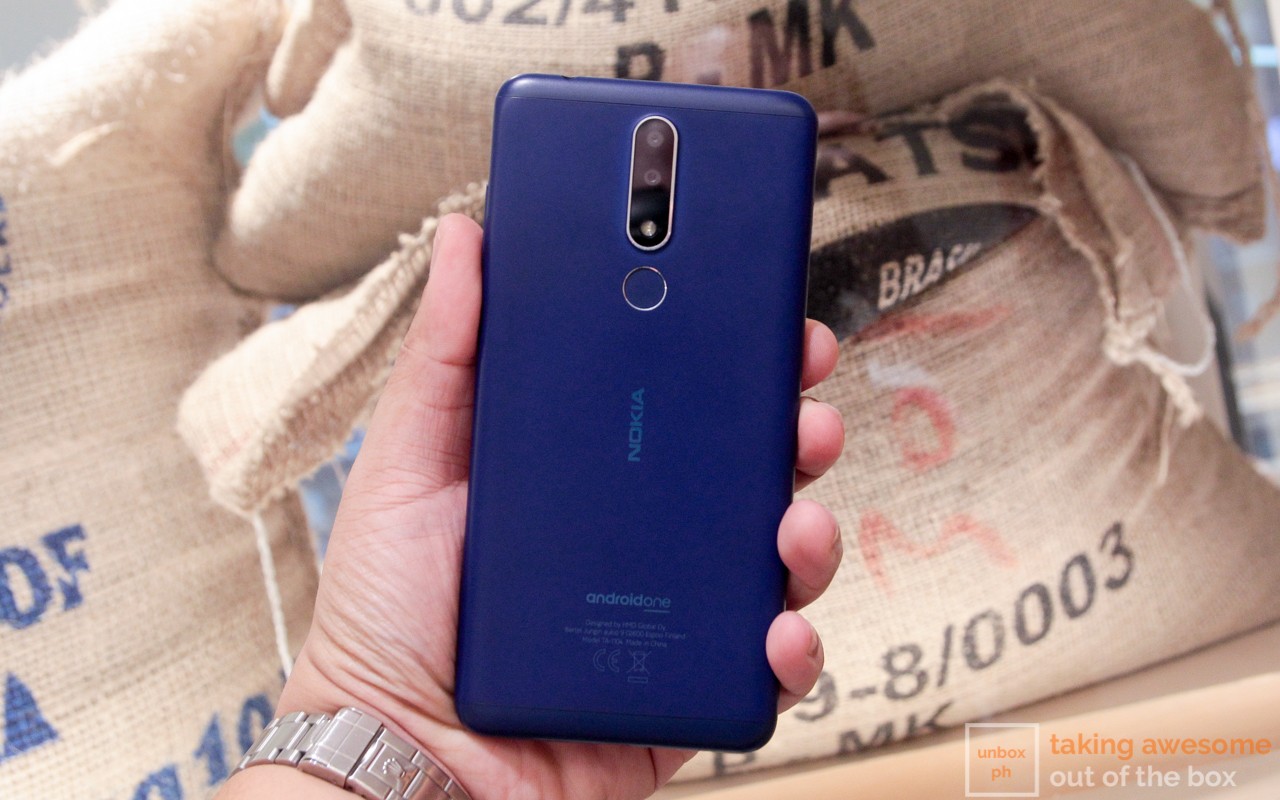 Did HMD Global get it right this time?
Did HMD Global get it right this time?
They absolutely did. While it took them several months (the Nokia 3.1 launched last February 2018, while the Nokia 3.1 Plus launched in October 2018), HMD Global was able to get the right balance of what a budget Android One phone should be: a phone with decent internals, essential features and speedy Android updates.
Even though the Nokia 3.1 Plus was launched late last year, it’s definitely not outdated despite the launch of the Snapdragon-powered Nokia 3.2 and Nokia 4.2. The former is considered to be an update to the Nokia 3.1, while the latter is an all-new model that introduces flagship features to budget phones.
Aside from a recent update to Android Pie, what makes the Nokia 3.1 Plus a compelling budget phone is that it is now Php 1k cheaper at Php 8,990—making it one of the most affordable up-to-date Android One phones out there.
Nokia 3.1 Plus specs
- MediaTek Helio P22 octa-core processor
- 3GB RAM
- 6.0-inch HD+ IPS display, anti-fingerprint coating, Gorilla Glass
- 32GB internal storage, expandable via microSD
- 13-megapixel f/2.0 and 5-megapixel f/2.4 rear cameras with PDAF, LED flash
- 8-megapixel f/2.0 front camera
- Dual SIM
- 3G, LTE
- WiFi, Bluetooth
- GPS, A-GPS
- NFC, Fingerprint Scanner
- 3500mAh battery
- Android 9 Pie (Android One)


